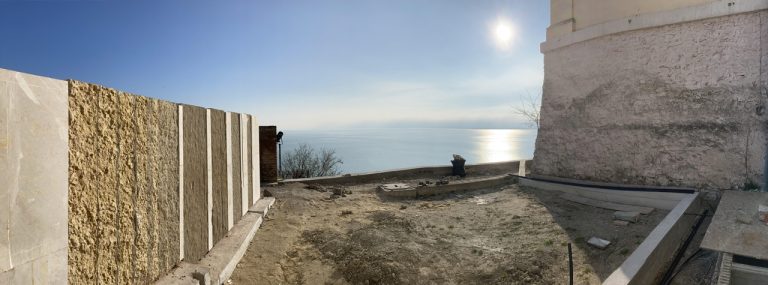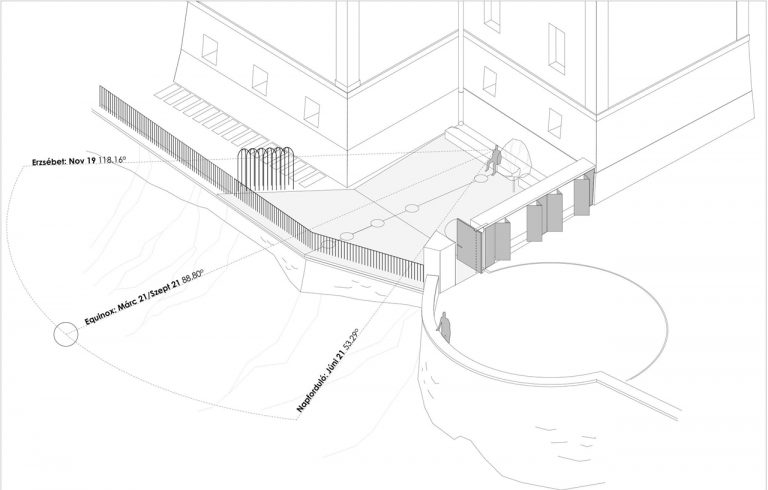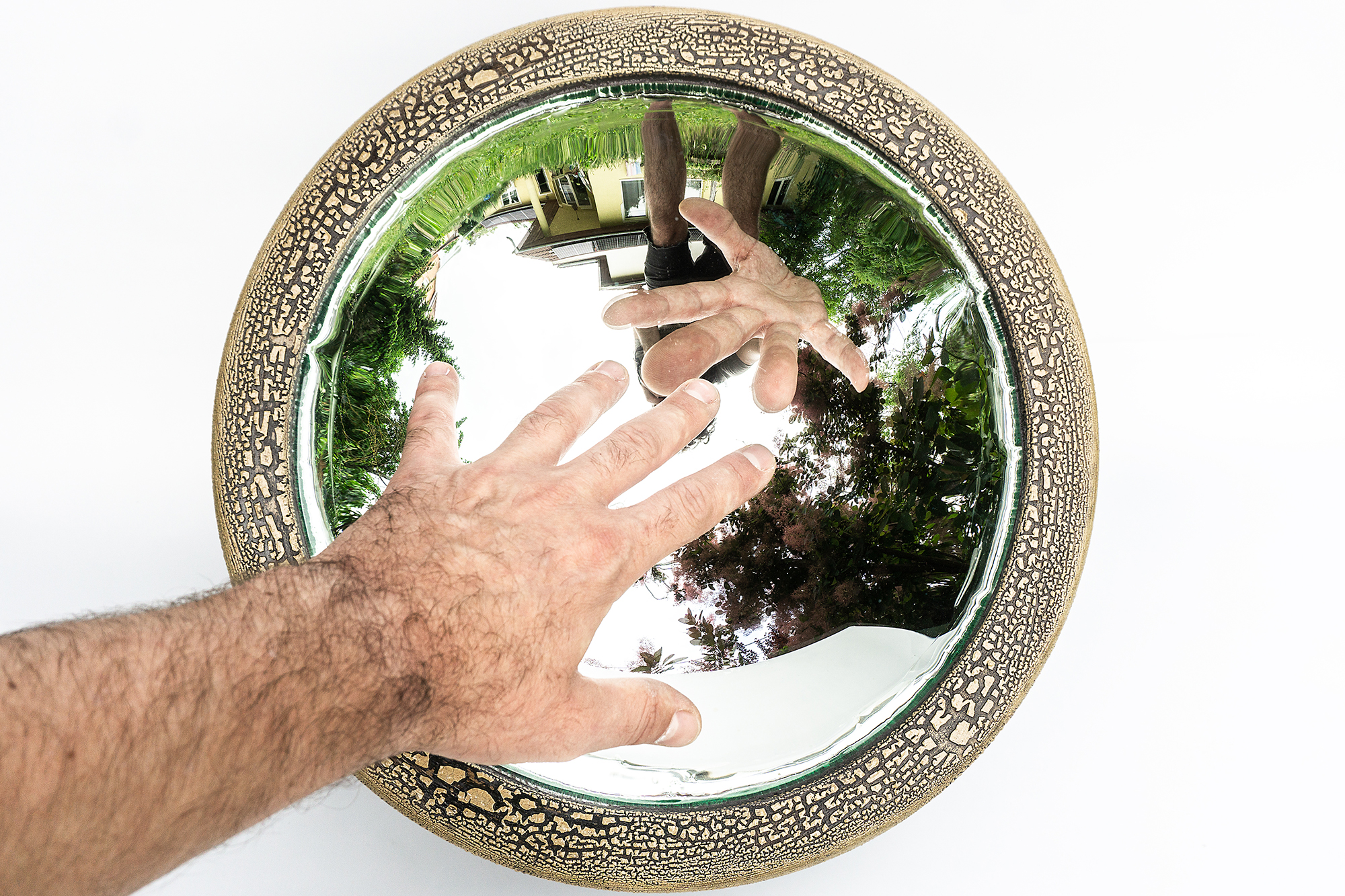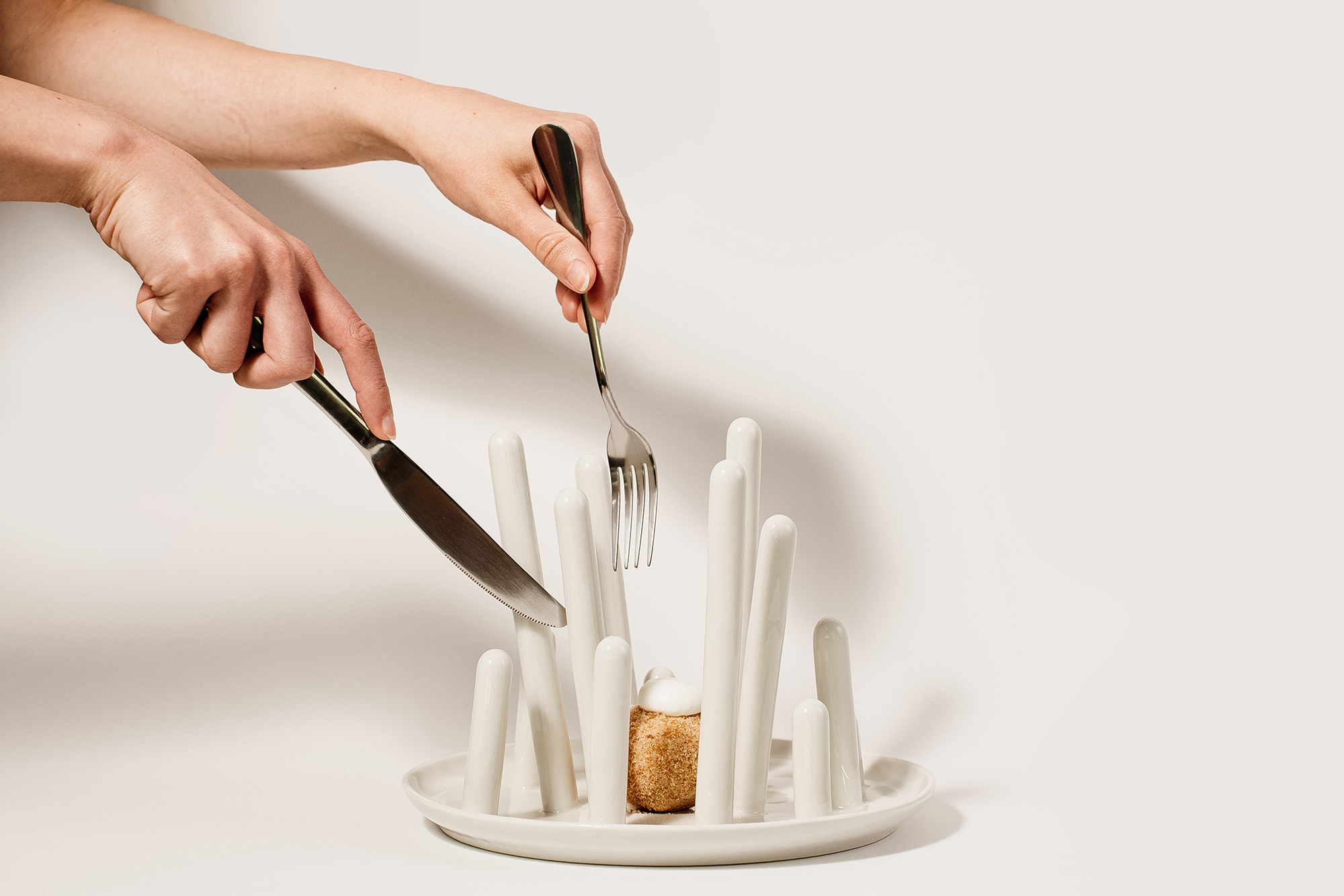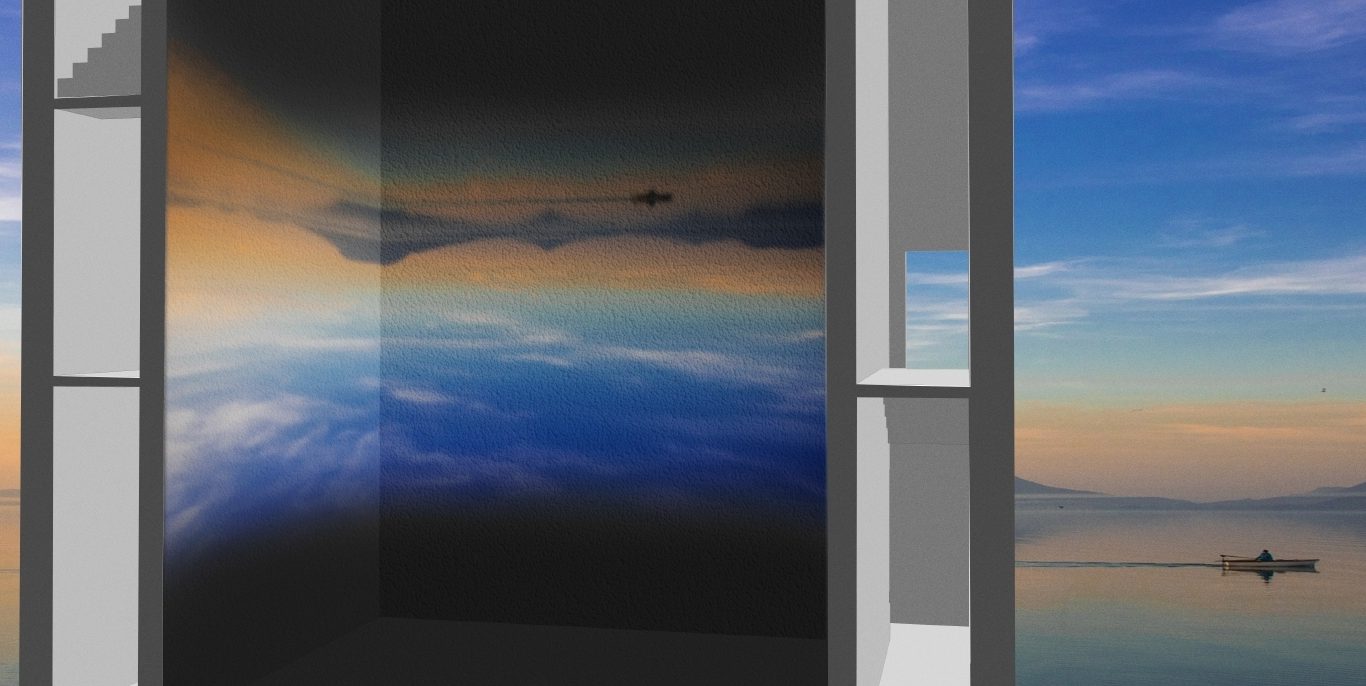
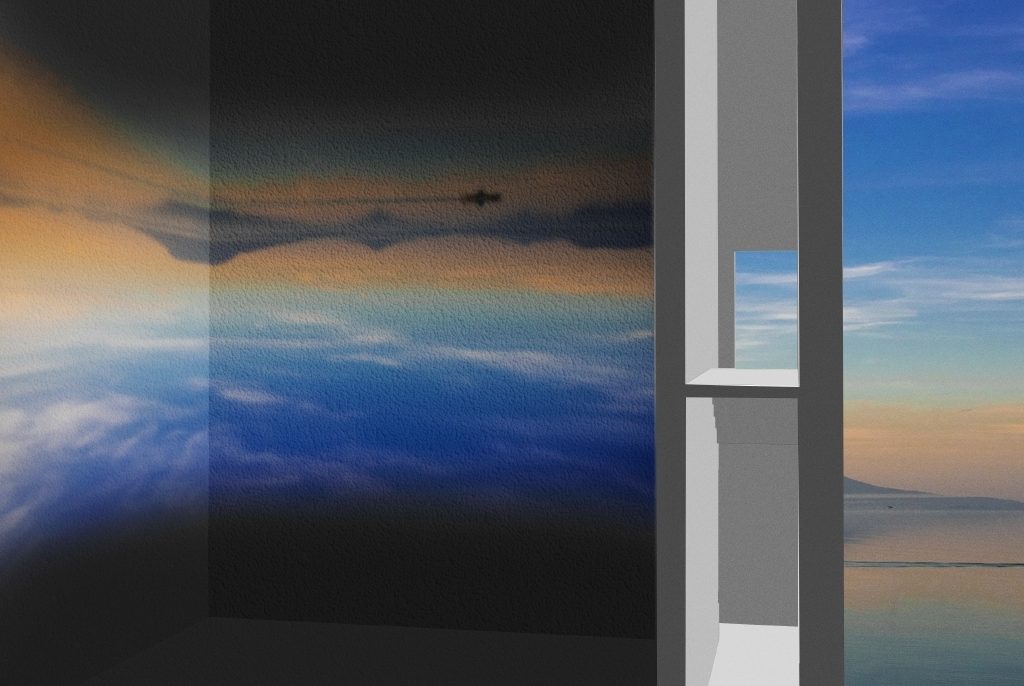
‘We do not want to leave ruins behind us’
Poland, Belarus, Slovakia, Estonia, and Hungary, among others, claim to be the geographical centre of Europe, according to various geometrical calculations. While it is debated where exactly the ‘heart of Europe’ beats, it is certain that Veszprém will be the European Capital of Culture in 2023. Launched in Athens in 1985, the initiative conveys through the language of art that our cultures create a whole, thanks to the activities of individual regions. In 2018, the region of Veszprém-Balaton-Bakony won the opportunity to present itself with a joint application. Their programme is inspired by the focus on community, voluntarism, local values, innovation, and sustainability.
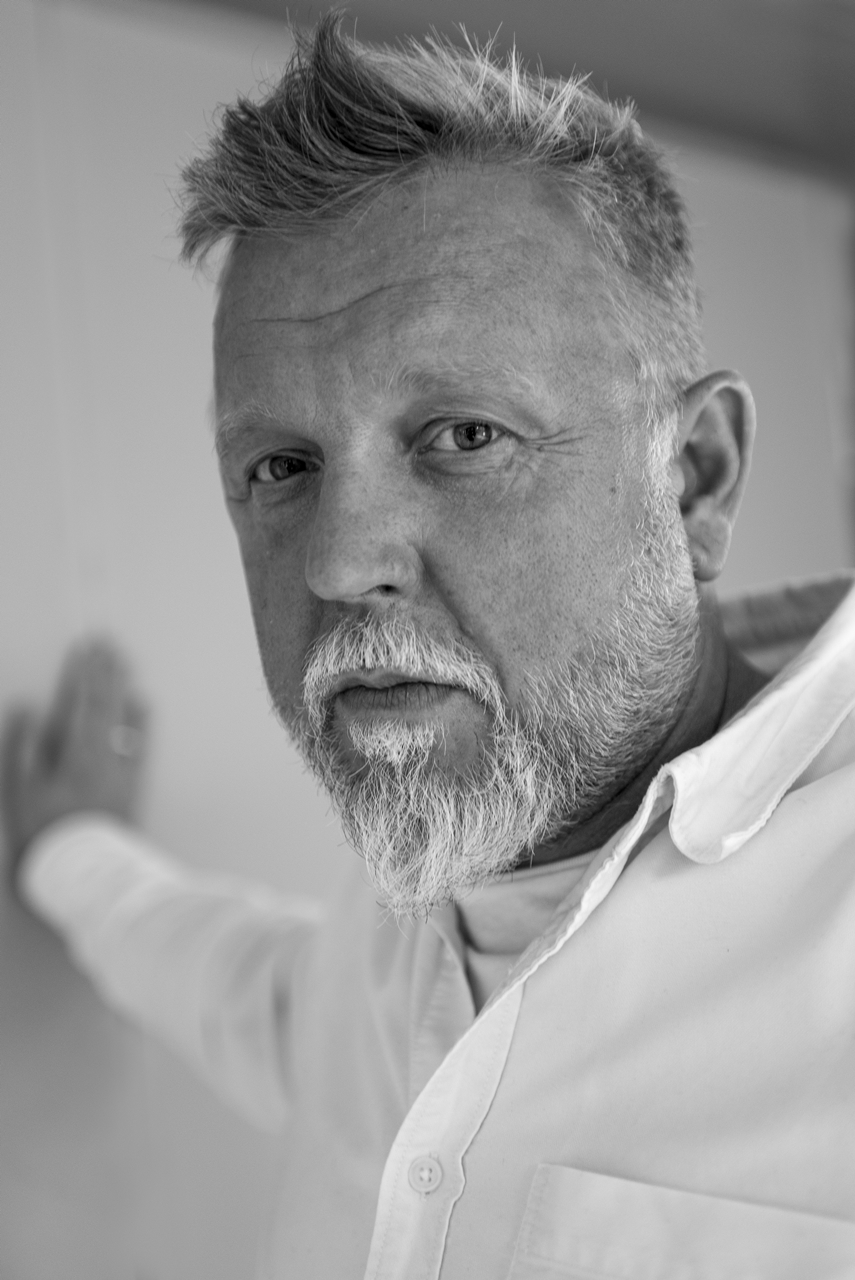
Ábel Szalontai (photo credit: Judit Spanyár)
The Moholy-Nagy University of Art and Design (MOME), as a cooperating partner, joined the initiation in 2020. Through its engagement in design and innovation, it helps the region to become one of the most important cultural and creative regions in the country. The agreement also offers the university valuable, long-term cooperation and a long-term presence at Lake Balaton. We talked about the results achieved so far, future plans, and development directions with the project leader, Ábel Szalontai, who is as passionate about Lake Balaton as he is about the university.
The university has already had a presence in the Balaton region. In recent years we have also read about floating houses, data visualisations and a publication by MOME.
Indeed, the current agreement has a relevant history. The ideal situation is when a common future vision of teachers in an educational concept finds its place outside the university as well. Since 2014, we have been offering courses that seek to find connection points with Lake Balaton and the Balaton region, where the creative energy of MOME becomes meaningful. The experience of courses covering a broad spectrum of the academic horizon – not specific to a particular subject – confirms that working with students can indeed help find and develop one’s own ideal form from inside. A very exciting recent development in this process is that we have been able to think together with the town of Veszprém when writing the application and strategic concepts for the European Capital of Culture. Building on this, we have developed targeted projects related to Veszprém and the region, have found a common voice with local decision-makers, and have outlined all the things that could potentially be launched in 2023.
It’s as if you had an inkling of something already in 2014 that prepared the ground for the current collaboration… What are the directions that can be set now, what is the university’s engagement in the programme of the Capital of Culture?
I have just received the news that the ecological tender we wrote together for this has been successful. We can consider it a success that in these ecological projects, MOME is also becoming strongly visible. Several ideas are being outlined regarding initiatives for the development of the literary and creative industries in the region, and we are delighted that our previous work can be integrated into the region’s innovation programme. Among these, I would like to highlight the Sun Waiting Terrace, connected to the development of the building of the Benedictine Abbey of Tihany, which reconsiders the courtyard behind the sacristy, overlooking Lake Balaton, as a community space. This is the realisation of a previous project by our students of the Architecture department. It’s great that thanks to this cooperation, this dream, born long ago and then further developed, will now be financed.
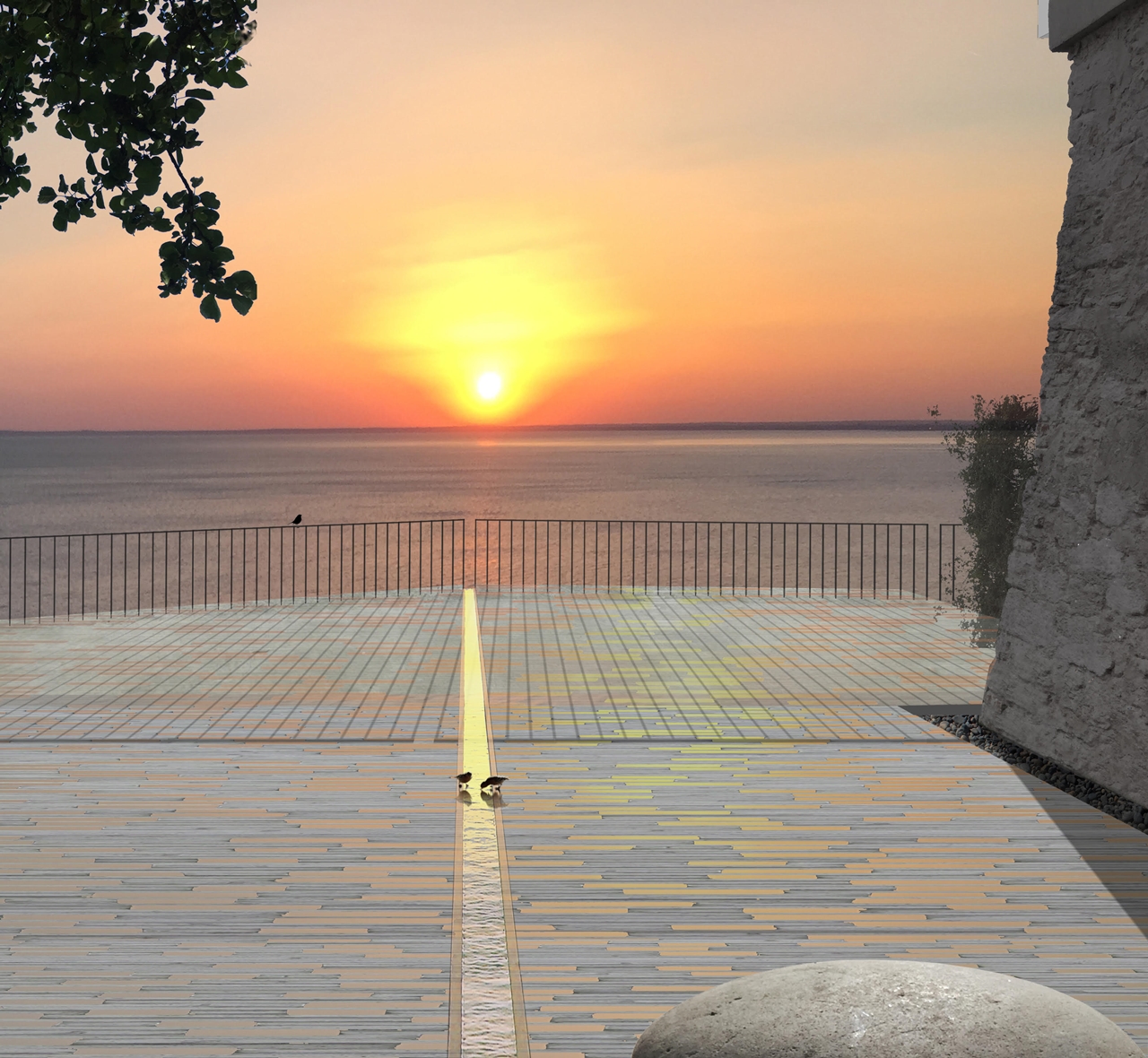
Napváró terrace (Juhász Ákos)
How do you develop your programmes that engage students?
We are working on three programmes, all of which are related to ecology. This is particularly lucky because we are addressing the issue of ecological awareness at the university independently of the Capital of Culture, and its presence is clearly visible in our trainings. It is an interesting experience to see how sensitively students define their relationship with their environment; how they criticise it or what proposals and alternatives they make and formulate in this context. One of the three themes develops our previously launched regional projects in the intersection of acoustics and ecology, and the other develops a previously defined installation situation, in which the main role has been played by students of architecture and media design, but now we are opening it up and hopefully a very mixed team will work on it. The third project is a content development package related to education, where experience-based knowledge transfer, gamification and data visualisation are identified as future means of education. In addition, I see the potential for our presence in the development of the above-mentioned mentoring programme supporting literary and creative incubation in the region.
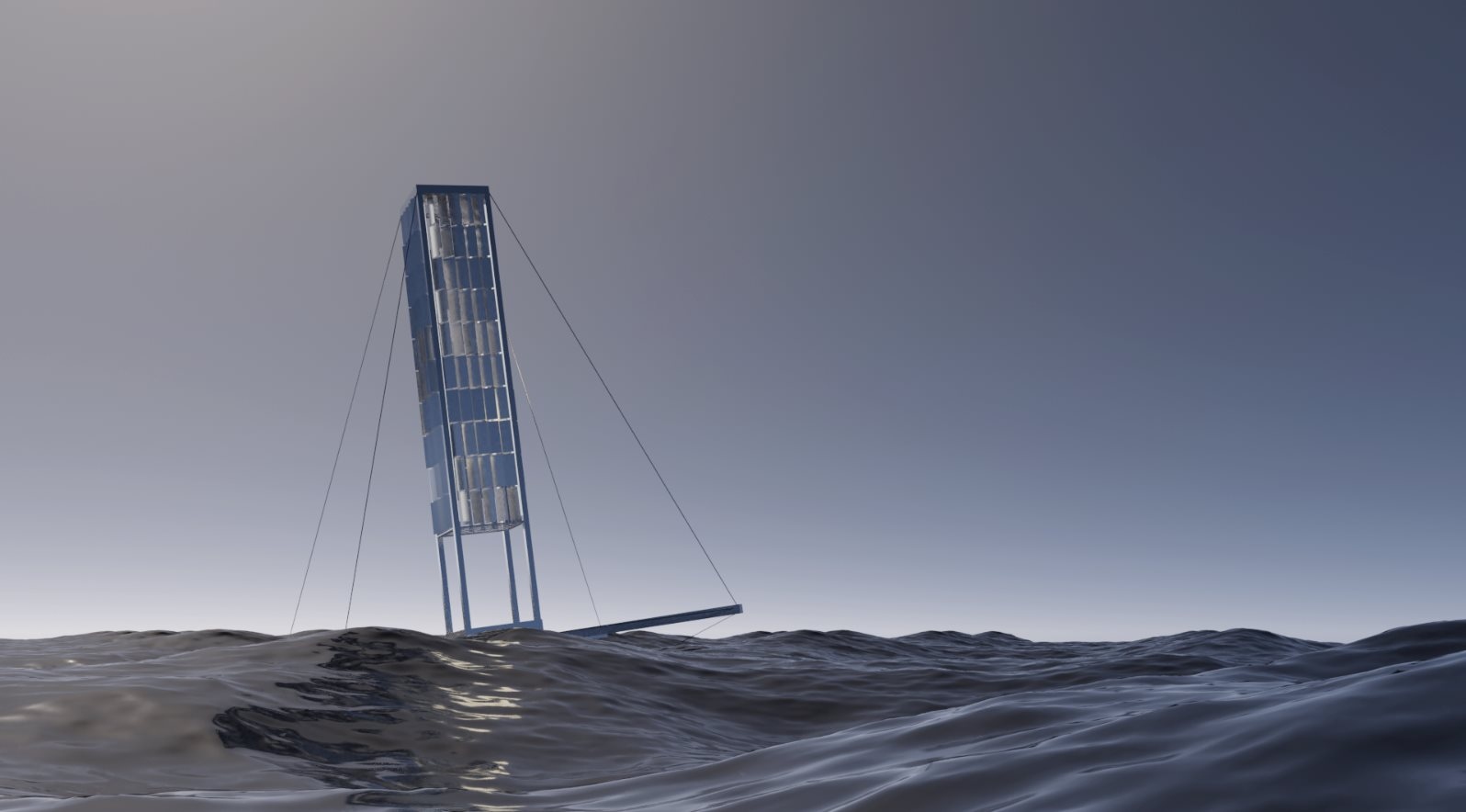
Lehel Heim, Zsolt Pataki: Lighthouse (2020)
Who can participate in the projects?
It is an exciting challenge to develop a programme in which a live project situation seeks a common denominator with education. We must take the ideas to implementation, and we must take this complexity and responsibility very seriously. However, the student experience is equally important. Our goal is to involve more and more students, and, to this end, we will organise our opening workshop at Lake Balaton in October this year. I think it is important that this project should be open to students studying in any year group and to doctoral students, and I would like to invite teachers and researchers from a broader range. We try to integrate many things into the programme, from sound through information transfer, data visualisation and installation, to construction.
This obviously exceeds the scope of a one-time workshop. What are the plans related to the implementation?
We will work with 40-45 students in Tihany. During this intensive week, our aim will be to help the teams to come up with concepts, involving external partners, on the three ecology-related topics mentioned earlier, which will be coordinated in the subsequent weeks. In 2022 I expect to see a lot of activity; we want to take these projects to prototype in the framework of a university course. And in 2023, when the cultural season opens, we will focus on making our achievements meaningful to the widest audience possible.
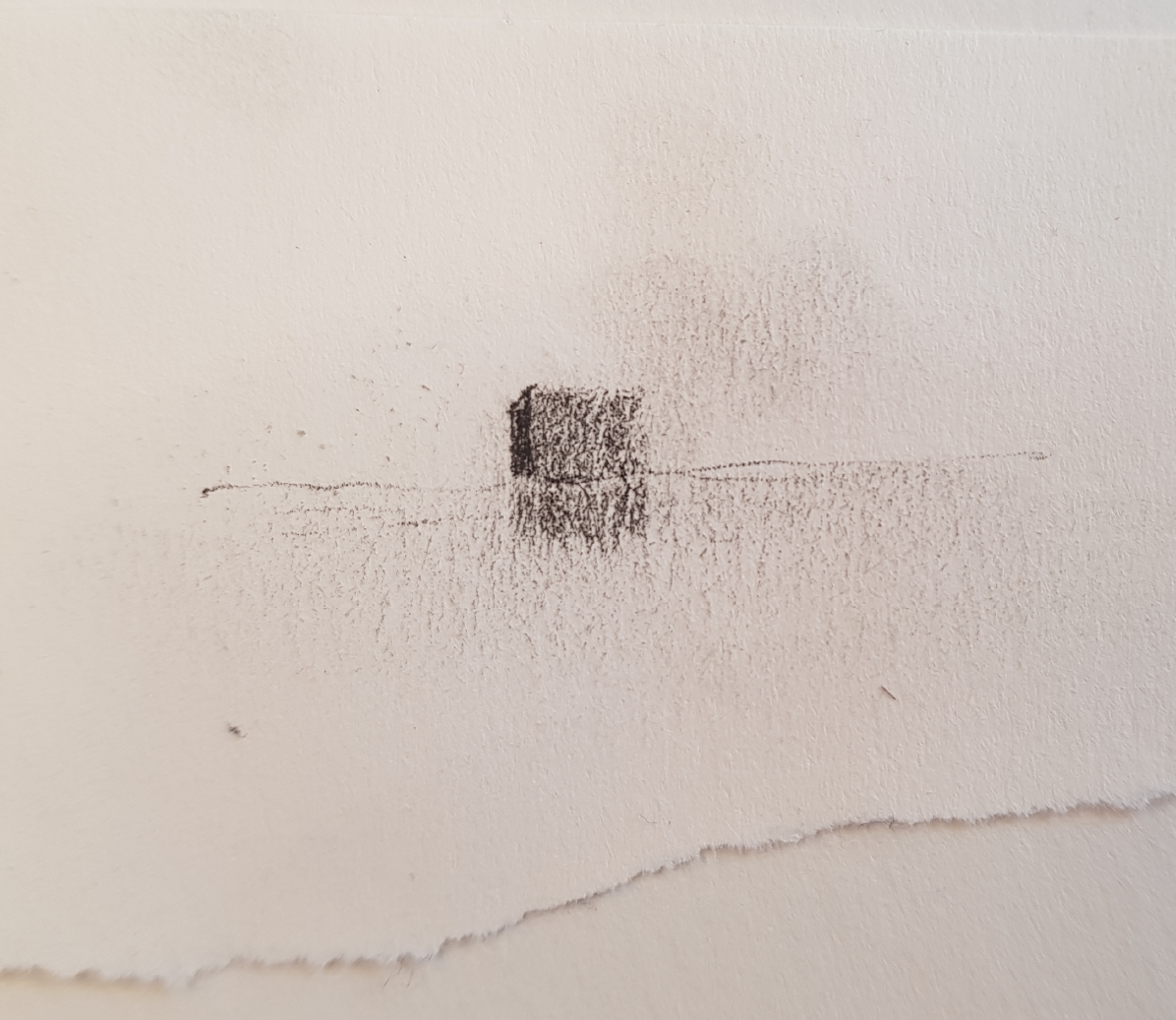
Albert Manhertz, Szabolcs Vida: CUBE (sketch, 2020)
Even when changes are well-intended, people still find it difficult to accept them. It is easier if there is a preliminary survey of needs, joint brainstorming, and inspiration. How do you engage local people in your planning processes?
This is a particularly important question! I have had negative experiences of what misunderstandings and tensions can arise when we drop into the life of a local community as strangers. Fortunately, Babako (Bakony-Balaton Environmental Education Centre), for example, which is also working with us as part of the workshop, is an organisation that has close connections with regional institutions and a very strong network. Through them, there is an involvement, interpretation and needs assessment at local level. We hope that our work can serve as an example in this respect.
What is your vision for the period after 2023? Is the university presence in the region sustainable in the longer term?
From the very beginning, it has always been our declared goal that this cooperation should not only last until the end of 2023, but that it should really start then. The current competition gives us the opportunity to strengthen our networks during the time available, to interpret ourselves in the region and to launch programmes the future of which is clear for us. We do not want to leave ruins behind us – we’d rather dig up the ground to see what soil we can sow into. I put it this way because my idea has a clear long-term goal: to create a MOME base in the Balaton area, which we have been dreaming of for a long time. ‘MOME MAG’ is the idea of an intellectual and practical workshop that addresses regional communities and that seeks ways of thinking and creating together, with the involvement of municipalities, schools, institutions, local businesses, and different age groups. I expect this to become a reality in a few years.
// /
The next workshop of the MOME-EKF (European Capital of Culture) cooperation will take place between 18 and 22 October in Tihany, together with the PAD Foundation, the Bakony-Balaton Environmental Education Centre, the representatives of the European Capital of Culture and researchers from the Balaton Limnology Institute.
